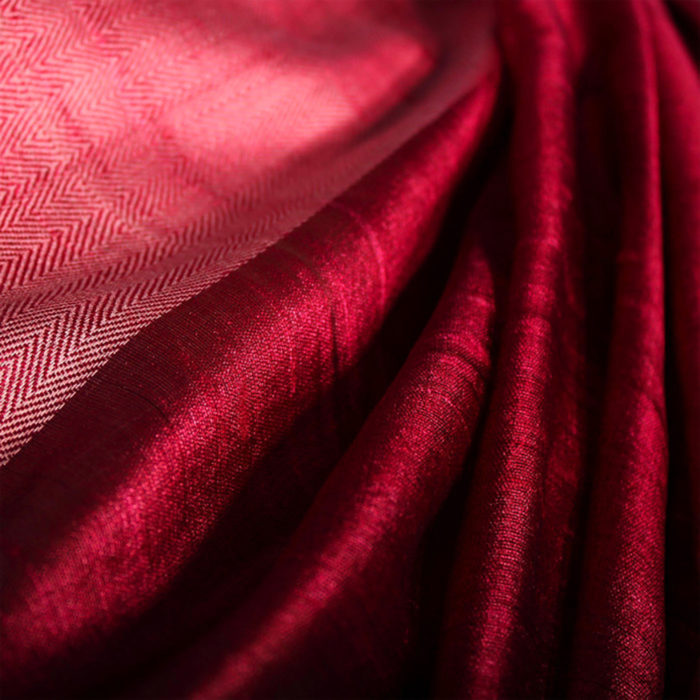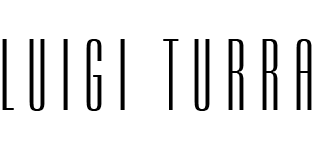The innermost beingness is nourished by cryptic signals. Indications appearing on the spur of the moment, perhaps as one is driving or traveling, or even focusing on some unremarkable activity. They shine of a strange light for a few fugitive seconds, then return inside their nucleus of nihility. That core will remain unassailable by any form of analysis attempted in the vain hope of “knowing more”. That something is “knowable” only for the trademark overconfidence of humans affected by inferiority complexes.
In between those indiscernible messages, silence can either alleviate headaches or endanger securities. The emblematic attitude of the aforementioned specimens coincides with its systematic rupture, notwithstanding hordes of people reportedly “searching for silence” yet utterly incapable of giving up their collective eat-and-laugh-and-make-noise rituals and other miscellaneous actions obeying to the lowest common denominator of “belonging”.
Alea is a 41-minute piece that in a way could typify the irrational background of an individual looking into him/herself during the fight against uncertainty. In essence, this is a series of abbreviated sonic glimpses of varying extraction – instrumental shards, electronic incumbencies, field recordings, snippets of vocal narrative – significantly integrated with a heavy muteness. The divergence from what we have repeatedly been yawning to – courtesy of the numerous nonentities operating in the same ambit – and Luigi Turra’s work is summarized by a single word: symmetry. No event is born from accident; waiting times and actual acoustic manifestations are perfectly proportional; there is no time to get used to anything, no chance to encapsulate the encephalon in the “OK, I already know this” pattern. The overall balance is flawless, the anxiety/relaxation ratio resulting in a perfect zero.
Don’t be scared by real silence, unless your wish is remaining faithful to a timeless puerility.
(Massimo Ricci – Touching Extremes)
When silence is revealed as a translucent, almost imperceptible and delicate vibratory fabric, any sonic phenomenon, even the dimmest murmur, can be felt as a yell of reality. Realities, perhaps, since they get expressed as multiplicities, ownerless storytelling; aimless, at the pace of time scales, where frequencies interweave to generate a faceless sound, thin, suitable for careful though no weak interlacing of both subtleties and surprises. Sounds that appear to challenge the linear timing of the sequence, rather making a nest within the variations of memory, responsible of animating worlds from dreams and compositions resulting from ways of stretching and collapsing the voices of Marguerite Duras between micro and meso realms, suggesting the macro not in the complexity of rhythm and structure, but in the detail, sometimes of the tiniest sound, sometimes of an infinite possible set of them. Luigi Turra seems to sculpt sound with a magnifying glass in order to reveal internal universes of what seems tiny. It is faithful to a n idea of the cosmos as a multiple and vast web not only for its macro eternity, but for housing in the tiniest grain, any possible sonic universe and significance of listening. Among sudden oscillations, subatomic noises, dissected voices and faint tonal apparitions, the composer seems to find a model different than the traditional morpohological or spatial intentions. It is like finding the essence of sound right inside the impossibility of having an essence as such, and be, forever between listenings, between aural pinches, between events like those of Alea, which one can not truly say if are past or future, if are there or not there, but still doesn’t stop to speak beauty.
(sonicfield.org)
イタリアのサウンド・アーティスト/作曲家の新作が〈LINE〉よりデジタル・リリースされた。彼はこれまでも〈and/OAR〉などから注目すべき作品をリリースしているサウンド・アーティスト。
●本作はフランスの小説家マルグリット・デュラスの触発された楽曲/アルバムという。収録は長尺1曲。かすかな楽音、マイクロ・ノイズ、謎めいた声によって成立している音響作品である。しかし、長い曲を聴いている印象はない。むしろ持続の只中にいるという感覚を持つ。では、それは何か。たとえるならば、まるで映像を欠いた映画のような音響的持続なのだ。いわば沈黙の生成であり、密室の中で響く気配のようにも聴こえる。
●楽曲は不可思議な断片と断片が接続され、しかし、全体像は常に謎めいている雰囲気が生成されている。なにより、この種の音響作品にあって、エレンガントな優美さを称えている点に注目したい。アートワークのように「赤の誘惑」とでも形容したい音響作品である。
●デュラスの小説からフィードバックもあるようだが、夢幻の回廊に入っていくような印象を持った。デジタル・リリースということだが、これはかなりの良作に思える。
(soundnote.hatenablog.com)
Luigi Turra, nato nel 1975, è compositore e graphic designer. Arriva, nello stesso anno di Fabio Perletta, su un’etichetta prestigiosa e ben distinguibile esteticamente: Line. Con Alea anzitutto prende come riferimento “L’amante della Cina del Nord” di Marguerite Duras, di conseguenza non è difficile immaginare quel tessuto rosso in copertina come un richiamo alla stanza dove il cinese figlio di papà s’incontrava con l’autrice, all’epoca dei fatti adolescente e mezza in disgrazia (esiste un libro-audio francese di questo romanzo e Turra qui ne utilizza spesso campioni). Lo stile della Duras era ben lontano dalla prosa iperdescrittiva della precedente letteratura francese e allo stesso modo Luigi pare ridurre al minimo gli elementi in gioco. Come Duras, inoltre, non deve amare le regole grammaticali: il titolo stesso del suo disco lo suggerisce, al pari di un mix a sua firma che ha diffuso in Rete tramite Farmacia 901 di Perletta, nel quale trovano dimora il Sylvian sperimentale di questi ultimi anni, una serie di “improvvisatori” giapponesi con in testa Toshimaru Nakamura, col quale certo però non sembra condividere strumentazione e abrasività, e – last but not least – l’accoppiata Henry/Schaeffer, a rivelare l’influenza della musique concrète sul suo lavoro. Spesso chi si muove lungo territori noise satura prima la nostra capacità uditiva, per poi interrompersi e gettarci in un improvviso silenzio, il che, essendo l’udito collegato all’equilibrio, ci dà sempre un senso di vertigine. Turra ribalta quasi questo modus operandi e ci immerge nel silenzio, che taglia di colpo con brevi accenni dissonanti di piano, parole sottovoce, fruscii e basse frequenze assortite. Una specie di dialettica tensione-rilascio, che contiene la richiesta di concentrarci e soppesare ogni singolo frammento che porge alle nostre orecchie. Complice Duras, Alea finisce per porre l’ascoltatore in un contesto intimo e adatto alla riflessione, con qualche sussulto che sembra quasi messo lì per deviare il corso dei nostri pensieri verso una conclusione inattesa.
Al netto dei soliti discorsi su quanto sia necessario mettersi di buzzo buono per affrontare un disco a suo modo estremo, Alea pare ben architettato.
(thenewnoise.it)
Digital silence, suddenly broken by smatterings of sound.
A low female voice, intoning in French, itself ruptured by a piano note. The words are from a text by Marguerite Duras, a reference I’m not familiar with.
The voice is transformed, reduced, atomised, never quite becoming object-sound but tending heavily towards it. The same could be said of other sounds: the piano, the irregular percussive tapping, the humming.
Brief repetitions, reiterations. On the threshold of musicality, the cusp of a meaningful gesture — a risky and enthralling place to be, regardless on which side of the line you land.
The potential musicality of everything: piano, voices, rattling, static. Play close attention to the contours of the object, to its vibrations. There’s a chance you’ll notice nothing, nothing out of the ordinary. Roll a double six, though, and you’ll notice the semblance of a pattern, the suggestion of form.
This is meant to be this way. Lots of silence allow the object-sounds to stand clear, sculpture-like, while drawing attention to their relations, to their separation-togetherness.
A close aural examination, registering not only pitch, harmony, and metre, but also a tending-towards-music, a sort of reverse entropy. Or entropy and reverse-entropy both at once. This close attention is so different from the prevailing culture, from the immediate, thoughtless consumption of simulacra.
This attention is what Luigi Turra’s “Alea” specialises in. And yet it could all come to nothing, ending up with simply more of the same — with simulacra. This risk is what keeps it interesting; that, and the attractiveness and subtlety of the sounds — the harmonies, timbres, durations — themselves.
The Ravel-like piano figures, the gentle hums and understated presences. The shuffles, whirrs, clicks, whispers, glows. All separate and together in a sea of silence, from which they emerge as objective accidents of music.
(Nathan Thomas – Fluid Radio)

